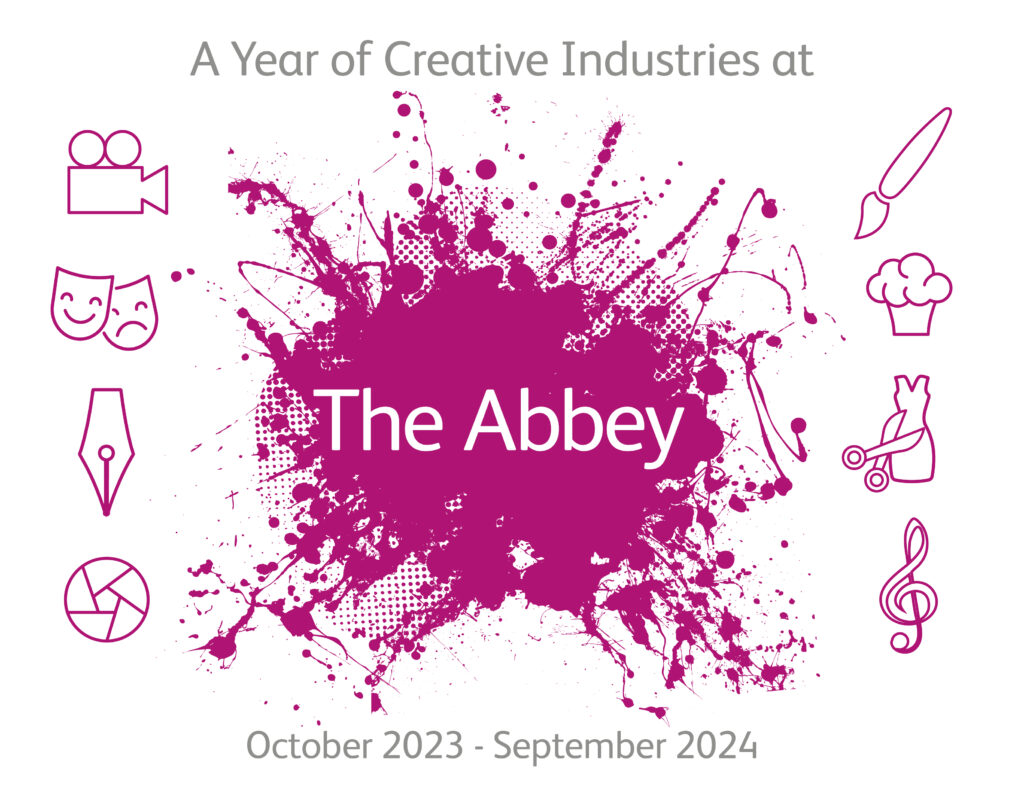Dr Tullis told me off, not once, but twice in Senior School Assemblies this term!
I started my assemblies on using Generative AI by discussing how you could cheat at school using AI. It really is amazing the things that AI can do nowadays and how you can get it to do lots of your homework. I showed the students how it could write a History essay for them, how it could translate a phrase from English to French, or indeed from Latin to English. I showed them how it could solve their Mathematics homework, draw a picture or even solve and write the code for their Java programming exercises for them.
Dr Tullis was not amused.
She spoke quite sternly to me and proceeded to point out to the students that Abbey Girls should live up to the School values; Courage, Honesty and Kindness. She signposted the website where it goes further;
Our values are courage, honesty and kindness. We champion them every day; we are informed and tested by the positive tension that exists between them, and we seek to examine all our actions and choices in their light.
She continued, speaking to the students about the Academic Integrity Policy and its importance when writing work for external examination boards and the severe penalties that can happen if caught practising any form of malpractice.
She then spoke, quite knowledgeably I thought, about the problems with AI; including its habit of hallucinating (and making stuff up) and the biases inherent in AI when trained on data drawn from the World Wide Web. Not bad for a History teacher, I thought!
She then told me to start my assembly again; “but this time to do it properly!”
So instead of teaching the students how to use AI to cheat, and do their homework for them, I showed them how they could use AI to help them learn. Not least because, I added, that all the teachers now knew how the students could cheat using AI and, as they knew the students really well already, would notice them trying to get away with not doing their homework properly!
We then discussed how homework is part of the process of learning, not some form of final product to be marked. As such, students should only use AI (with parents’ permission, as most AI requires that for children from 13 to 18) as part of the process of learning and not to create products.
So we discussed how for the essay we could suggest a few topics that we had already considered and maybe ask it if we had forgotten anything. In Languages, we could ask AI to hold a conversation with us in that language, pointing out any errors we make but carrying on with the conversation to help us develop conversational skills in the language.
In Mathematics, instead of asking AI to answer the question we could ask it to explain the topic to us again, then give us a practice question to try. It can then support us with any misunderstandings before we attempt the homework problem set.
In Computer Science, instead of getting AI to write the code, maybe, when we get errors in our code, ask AI to help debug the code and explain the errors to us so that we can learn and improve our skill rather than just get the answer.
Students today have a great deal of Computing Power at their fingertips, but they need to see it as a tool to support their learning, rather than a tool to help them cheat. They also need to understand, as I pointed out at the end of my assemblies;
GenAI is not like your teacher, who is always right!
Don’t rely solely on GenAI for your information and learning.
If you hadn’t guessed already, Dr Tullis was in on the act (it would have been a little strange if she had had to tell me off in the Upper IV to Upper VI Assembly and then I repeated the error in the Lower School Assembly) although she played the stern Senior Deputy Head (soon to be Head of Senior School) extremely well may I say.
As we noted in the last Circuit article on AI “we are also dedicated to guiding our students’ through this revolution of technology. Through engaging assemblies, thought-provoking lessons, and within our computer science curriculum, we aim to empower our students to navigate the changing digital landscape responsibly.”
We hope the students found these assemblies engaging. If you have any questions about our use of AI in the school, though, please do not hesitate to contact us.

Mr Bradley, Head of Computer Science and Digital Learning

